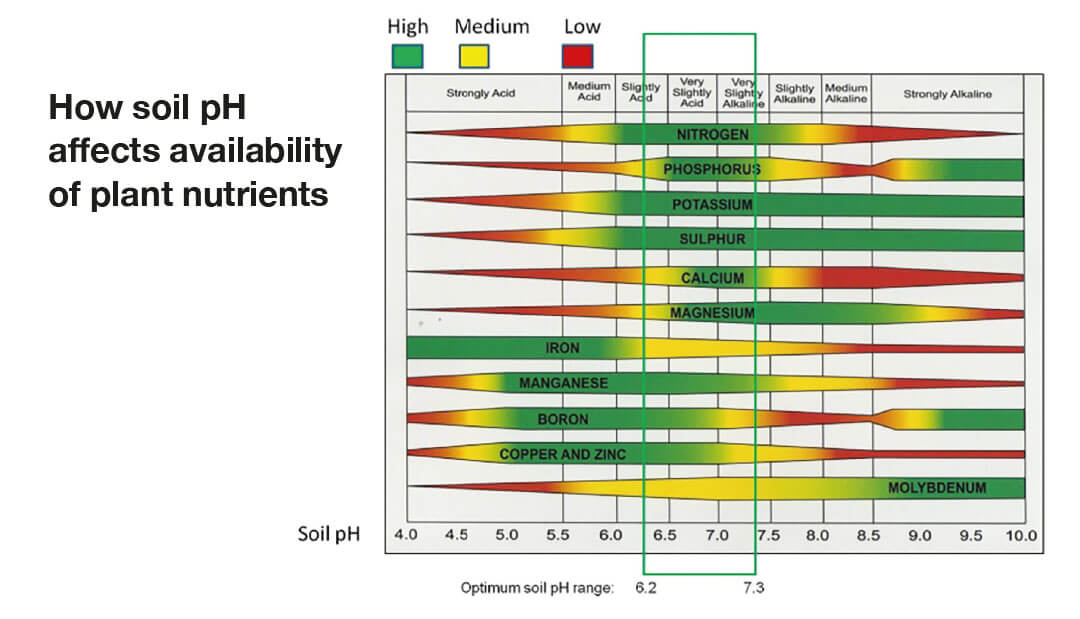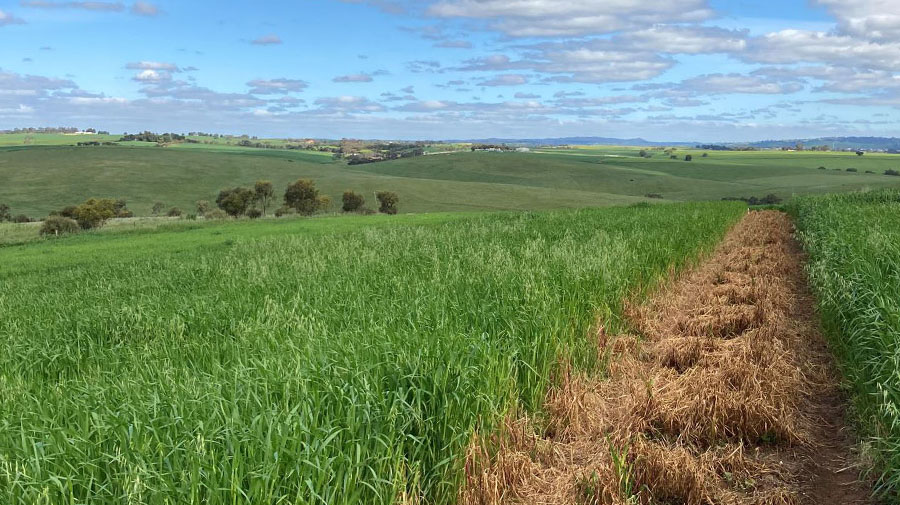
Latest
News
Key soil analysis principles demystified
We often hear farmers concerns and frustrations about diminishing returns, despite doing the same thing that has worked in the past; or looking for a new way to raise productivity, trusting a product/input to deliver on its promises.
What is typically overlooked though, is right under the farmer’s boots! To successfully improve productivity, first and foremost you need to understand what is going on with your soil(s). Soil testing and analysis will advise the chemical, physical or biological dynamics at play. If you know what your benchmarks are, you won’t waste money, time and resources applying inputs your soil doesn’t need or do harm.
BioAg Area Managers support farmers and consultants in the evaluation of soil tests. This evaluation starts by ensuring the right soil analysis is performed. We then review results, considering key principals to develop a recommended program.
Let’s unpack four of those key soil analysis principles:
Liebig’s Law
Liebig’s Law of the Minimum states that if one of the essential plant nutrients is deficient, plant growth will be poor even when all other essential nutrients are abundant. Regardless of how abundant one or more macro or micronutrients in your soil are, or applying more of what has worked in the past, yield and quality are in fact determined by the deficient nutrient(s).
Liebig’s barrel image simply depicts the Law: yield cannot exceed the limit placed on it by the constraining nutrient, soil or growth stimulant, just as the water level in the barrel is limited by the shortest stave.
Understanding that yields and quality are determined by the minimum, prevents over application of nutrients or inputs. Over-application of fertilisers/inputs are a costly expense, and in terms of soil balance, it is typically detrimental to overall crop or pasture performance.

Mulder’s Chart
The overuse of fertilisers and the impacts this has on soil balance are graphically explained through Mulders Chart which illustrates the interaction between 11 of the essential plant elements.
Some interactions are positive (synergistic) where the elements involved help each other by aiding uptake or utilisation. Others are negative (antagonistic), and elements can hinder each other in uptake or utilisation. An abundance or shortfall of one nutrient therefore can have synergistic or antagonistic effects on a range of other nutrients.
An apparent deficiency that appears in a tissue test or through animal health, may be caused by an excess of one or more other nutrients. Remedying this is about improving balance and possibly addressing the overabundance of an antagonist, rather than simply adding ‘more on’.

Soil pH and Nutrient Availability
Nutrient availability in relation to pH. The thicker the bar the more available the nutrient.
A key influence on nutrient availability is soil pH. It doesn’t mean the nutrient is not in the soil, it just means the soil chemical environment is not suitable for uptake of that nutrient.
Understanding the implications of total and available nutrients in the soil in response to pH, and the time it takes to influence soil pH, is important when deciding on fertiliser or lime.

Nutrient Mobility
Nutrient mobility is the ability of nutrients to move within plants and soil. Understanding the process is helpful in diagnosing plant nutrient deficiencies and the root cause of the deficiencies. Soil structure and composition will impact aspects such as nutrient leaching, lock-up and cycling (from unavailable to plant-available forms). To enhance nutrient availability, you need to review soil composition, carbon levels, biological activity as well as the type of fertiliser and timing of application.
Similarly, while nutrients are absorbed and at times stored by plants, each plant will have a differing capacity to relocate nutrients once in the plant.
As an example, Boron is an important nutrient for a range of plant physiological processes. Its availability is critical at flowering, seed-set or at sugar/starch content increase. It is important to consider which Boron application is best suited based on the ability of the plant to translocate Boron within the plant. Some plant species can translocate Boron meaning foliar application is acceptable. However for plants with restricted Boron mobility, it is important and more efficient to have the nutrient available in the soil.
Click for more information on Nutrient Mobility
What does this all mean?
The net result of these interactions and their effects on any crop, is that we need to measure before we can remedy. While a poor yield is likely related to a nutrient deficiency, the deficiency may not be addressed by simply applying more, it may be a result of antagonists, pH or mobility within the soil.
Soil testing along with tissue testing when issues are identified, provides the critical informatio needed to improve crop yields. When testing we recommend a range of tests that help to identify the total as well as plant available amounts of nutrients. With this information, we can help farmers build an efficient and effective program for soil and fertility improvement.
No matter if it is traditional farming, or a system based on Biological, Biodynamic or Organic inputs or needed to fit into a Regenerative or Carbon Sequestration system; BioAg’s agroecology experience along with an individual approach, guaranties the successful investment in building a resilient sustainable farming system.


Recent Comments